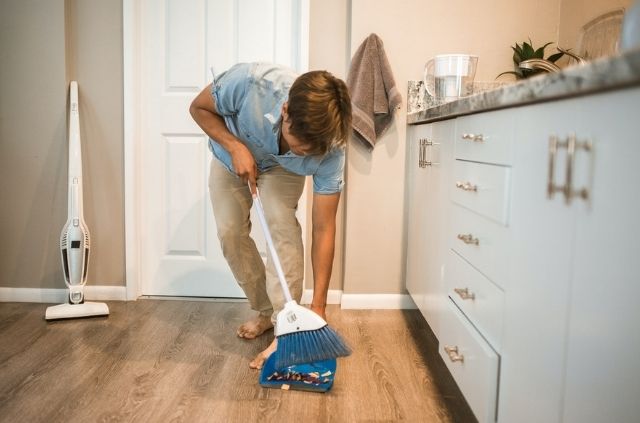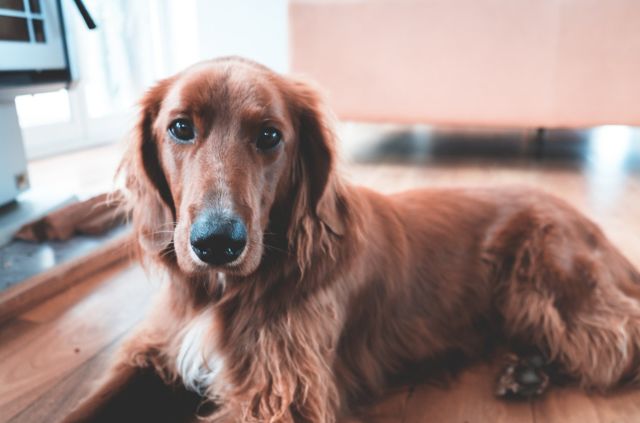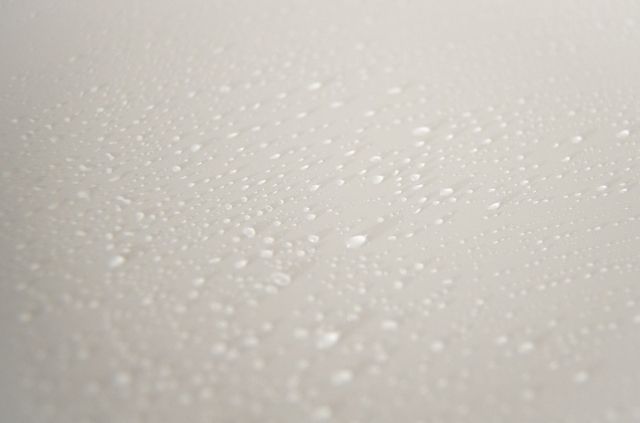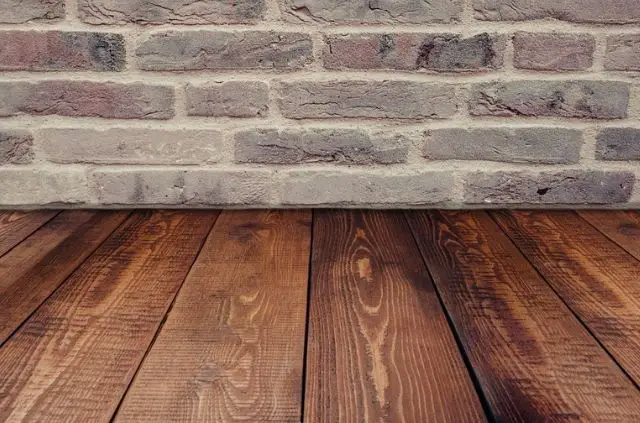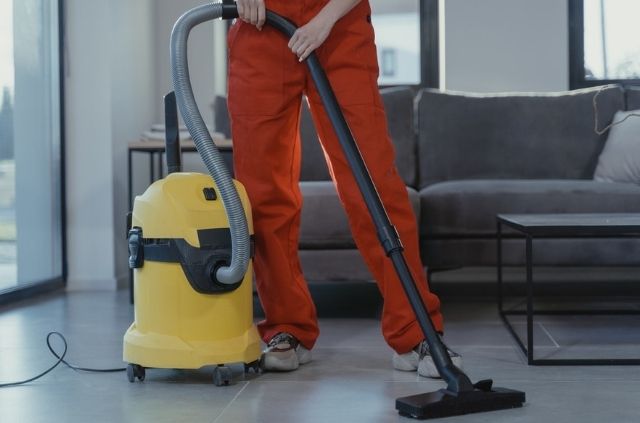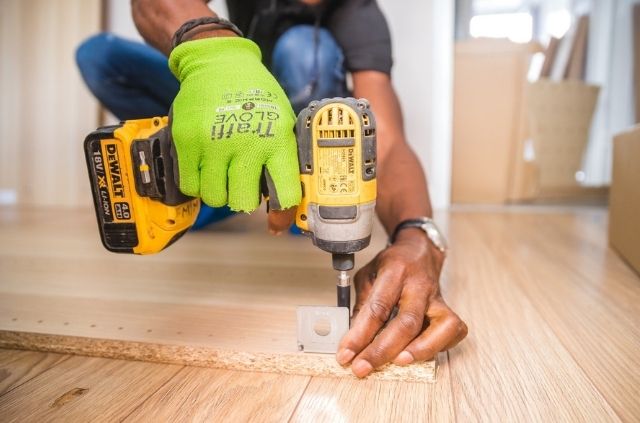Can Hardwood Floors Get Wet?
Hardwood floors are a great selling point when it comes to real estate. They can increase home value – especially if the wood is in good condition. But can hardwood floors get wet?
Yes, hardwood floors can get wet – but they shouldn’t stay wet. Because hardwood floors are vulnerable to moisture, you never want to keep standing water on the surface very long.
Spills should be dealt with immediately and you want to clean the surface with a damp mop. Using large quantities of soap and water will soak into the wood and cause damage.
Signs of Water Damage on Hardwood Floors
You’ve probably landed on this article for one of two reasons. You’re looking for safe ways to clean wood, or you think your hardwood floors have water damage. We will discuss the later first.
1. Stains
The overall appearance of your hardwood floors is one of the most obvious ways to examine their condition. You can look at the material for any stains, watermarks, or other types of discoloration.
Stains are commonly caused by spills that were not cleaned up in time, or a water leak. Because wood is a porous material, it’s critical to mop up and remove water on the surface, to avoid stains.
2. Raised Floorboards
Hardwood floors will begin to change shape and shift as they absorb water. The hardwood starts to lift up from the surface of the sub floor. This is one of the more extreme cases of water damage.
It should be noted that raised floorboards are not alone a sign of water damage. If your floor has always had this appearance, the previous owner may have installed hardwood on an uneven sub floor.
3. Lifting Nails
Lifting, or raised nails is another sign of water damage on hardwood floors. This issue often gets unnoticed at first. You might even catch a sock on a nail when walking and think nothing of it.
This can be quickly solved by hammering the nail back down. But if the nails continue lifting up, there could be a bigger problem. As wood softens from water damage, nails will begin to push out.
4. Mold
Mold is something no homeowner ever wants to find. It’s a type of organic growth that is commonly found in households and it can be a pain to remove. Mold can even be growing out of sight.
As water makes its way down into the sub floor, it creates the ideal environment for mold growth. That’s why it’s so important to clean spills right when they happen, so water doesn’t get into the pores of the wood.
Prevent Hardwood Floors from Getting Wet
In short, hardwood floors can get wet. They will get wet from regular foot traffic, spills, and routine cleaning. Problems arise when hardwood floors stay wet.
When water sits on the wood regularly, you might notice some of the damage signs listed above. This can lead to a long string of problems and water can even cause irreversible damage.
So, how should you treat hardwood floors when the get wet? Let’s take a look in the sections below.
Clean with a Damp Mop
New homeowners often wonder how to begin cleaning their kitchen. After all, can hardwood floors get wet? The key to safely cleaning wood is to use damp mops, rags, and other materials.
You want to add just enough water so the mop has enough dampness to be able to glide over and pick up dirt. Mops that are soaking wet will have more water than you need, which can create a big mess.
This creates puddles on the hardwood surfaces and you end up pushing water around. And when the water has no where to go, it ends up soaking into the wood. This is a big problem as we have learned.
Use Floor Mats
Floor mats are not only good at keeping an area dirt free, but they can also prevent water from entering your house. Placing floor mats at entryways will strategically stop water at the door.
You should know that not all floor mats will be effective. That’s why it helps to buy floor mats that are water absorbent. These types will do a much better job at keeping the wood in good condition.
Another option is to take shoes off before entering your house. This guarantees that outside dirt and water will stay at the door. The only problem is getting guests to follow by this rule.
Deal with Spills Immediately
Most people understand that it’s important to clean up spills and it’s no different with wood. As you hopefully have learned by now, standing water and hardwood do not mix.
After a spill has occurred, make sure to dab the area with a paper towel to soak up all the liquid. You want to avoid pushing the spill around, as this will only force the liquid into floorboard cracks.
Once the spill has been absorbed, you can try using a damp rag with a small amount of dish soap. Depending on what was spilled, this will clean the area and prevent any stains from developing.
How to Dry a Wood Floor Fast
For more extreme cases, you will need to utilize more effective cleaning methods. For larger instances of water damage (i.e. windows and doors left open after rain) you will need to use a dehumidifier.
Set the dehumidifier in the center of the room and let it sit for 8 hours. After this amount of time has passed, touch the floorboards with your finger to decide if you need to keep running the machine.
If the wood still feels damp to the touch, continue to run the dehumidifier. Ideally, the wood should not feel moist when you are done. The will prevent any type of water damage from developing in the future.
Conclusion
Hardwood floors are different from many other flooring materials. They require a little more care and maintenance for them to look their best.
It’s not a big deal to spill water on tile and let it sit. But this isn’t the case with wood. Hardwood floors are much more vulnerable, because they are porous in nature.
That means the material will begin to absorb water, quickly after water has made contact with the surface. That’s why it’s critical to keep your floors dry and deal with spills as soon as possible.
Search Terms
- Can hardwood floors get wet?

